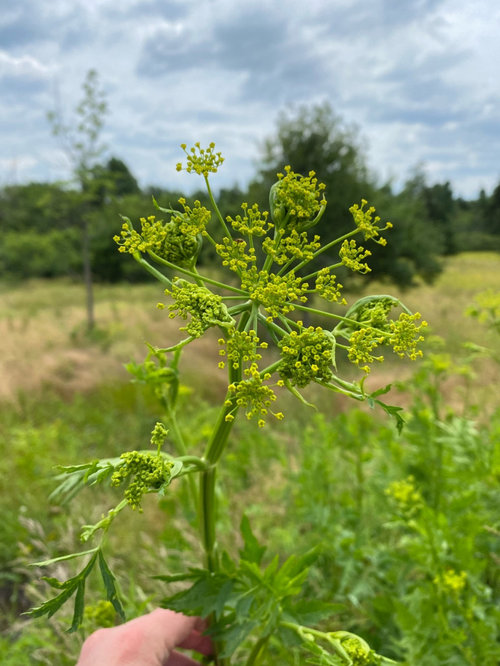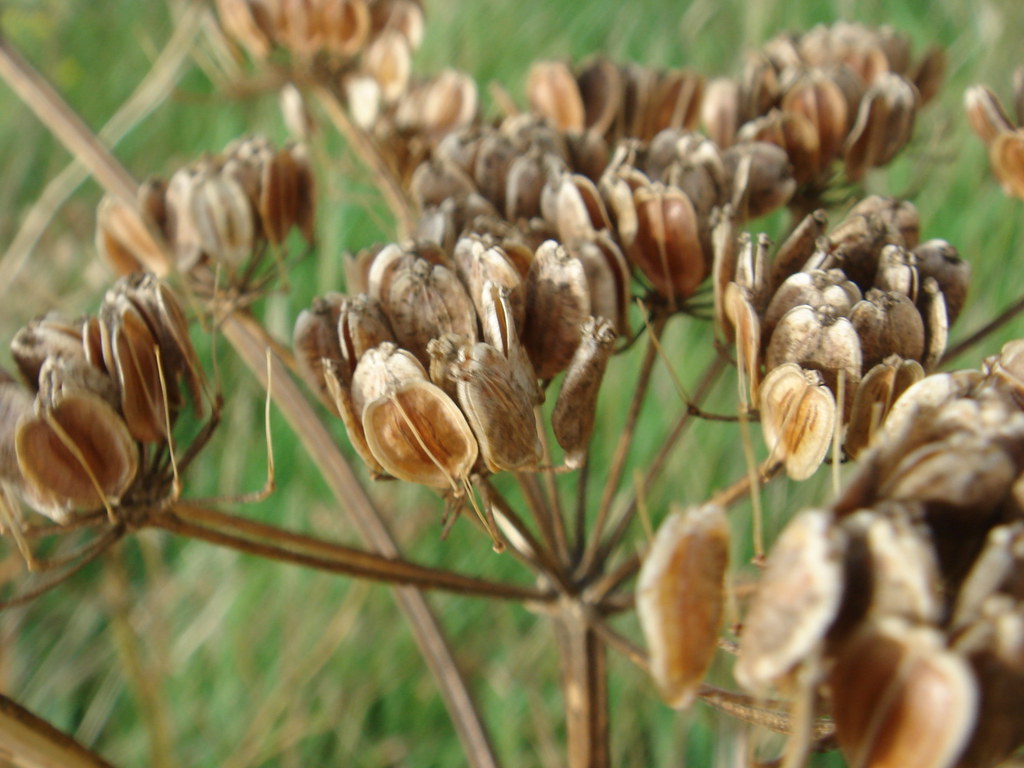

It is a common problem to get rashes because of wild plants. Follow this guide and use the recommended products and we guarantee you will be successful in eliminating Wild Parsnips. This page is an expert guide on getting rid of Wild Parsnips from your property using the products and methods suggested by our experienced lawn care specialists.
#WILD PARSNIP HOW TO#
Updated version of an earlier article written in 2016, the last bumper year for wild parsnip.Wild Parsnip Control: How to Get Rid of Wild Parsnips If this is the case we can look forward to another bumper crop in 2020. If we continue to receive moisture throughout the summer it is likely wild parsnip will again be successful at establishment. Scattered plants can be removed by severing the root system below the crown with a spade. Because of this, two mowings may be needed to completely prevent seed production. Most biennials, including wild parsnip, have the ability to send up a secondary flower stalk. This is the case for most infestations in central Iowa. If the umbels (flower heads) have begun to lose their yellow color, it is probably too late to significantly reduce seed production (Figure 2). Timing is critical it must be done after the majority of plants have flowered but before seeds begin maturing. Since wild parsnip only reproduces by seed, timely mowing that prevents seed production can reduce future infestations. Herbicide applications should target rosette stage plants for optimum control.

Spot treatments can be made with glyphosate, but this will injure any desirable plants contacted by the spray.įigure 2. 2,4-D is effective on rosettes, but if applications are delayed until the flower stalk begins to elongate the level of control will drop off rapidly.

If the area contains native forbs, consider the impact the herbicide will have on desirable broadleaf plants. Scout areas of concern in the fall and determine if the density of wild parsnip rosettes will pose a problem next summer (Figure 3). The best time to control wild parsnip is either in the fall or early spring. Herbicides will not ‘kill’ seeds that are maturing at the time of application. There are several herbicide options for wild parsnip, but now would be the worst time to make an application since the plants are mature and will be dead in a few weeks.
#WILD PARSNIP FULL#
Warm-season grasses are more sensitive to mowing at this time of year than cool-season grasses since the warm-season grasses are still in the vegetative stage developing a full canopy. Mowing may actually increase problems with wild parsnip if it reduces the vigor of the desired plants in the area, therefore increasing establishment of new wild parsnip plants. Mowing should only be considered for heavy infestations. If in previous years the infestation was at a low level and not viewed as a problem, don’t overreact to this year’s infestation. When considering the need for implementing control tactics, consider the long-term infestation level of the area. The best management practices for wild parsnip vary with the type of habitat, level of infestation, and potential for persons coming in contact with the plant. Because of this risk, there is greater interest in controlling wild parsnip than for other weeds found in roadsides and similar habitats.
#WILD PARSNIP SKIN#
Contact with the plant greatly increases the sensitivity of skin to UV light, resulting in blistering and scarring in severe cases. Wild parsnip produces a toxin that causes phytophotodermatis. If conditions were favorable for establishment we can expect high populations. I don't think there is any evidence that populations of wild parsnip are getting worse, the populations fluctuate based on conditions the previous growing season. Several people have commented that there is more wild parsnip this year than they can remember, but it seems like these comments are made every two or three years. In roadsides, the increase is primarily due to elimination/reduction of the routine mowing and spraying that was practiced prior to the 1980’s.įigure 1. I think it is safe to say that populations in roadsides and other low-maintenance areas of Iowa have gradually increased over the past 30 years. Pammel described wild parsnip as ‘common on roadsides in every part of Iowa.’ Thus, this weed is not new to our state. In his 1913 book The Weed Flora of Iowa, L. Wild parsnip is a biennial that was introduced to North America by the earliest European colonists, it is documented to have been grown in Virginia as early as 1609 as a food crop.


 0 kommentar(er)
0 kommentar(er)
